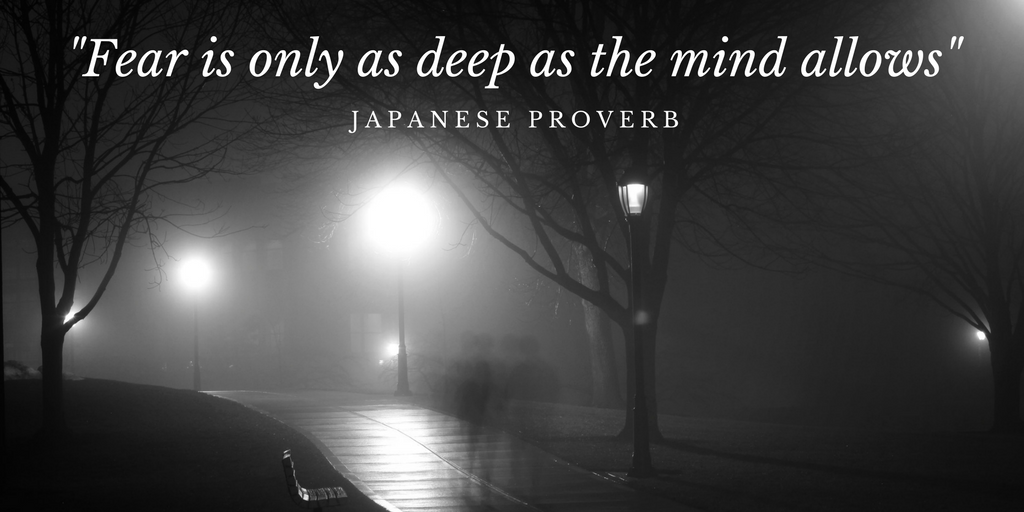I’ve done all sorts of scary things in my life, from bungee jumping to scuba diving with sharks. But, I’ve never been more afraid than I was the day after Brooklyn was born.
It wasn’t the diaper thing or the fact that we were now responsible for another life. No, the fear came from some unexpected news. A doctor walked in and told two exhausted parents that our new perfect baby had a hole in her heart.
Before we had a chance to ask questions our minds were racing, assuming the worst. Sensing this would be the case, the good doctor assured us that this is quite common and should heal itself. That was comforting but the fear remained.
After that conversation, they took Brooklyn away for some tests. All I could do was watch as they hooked up wire after wire to her chest, trying to get a better picture of her heart.
The image of my newborn sitting in that testing room did nothing to reduce my fears. It only made it worse.
When we got the results, they confirmed the original diagnosis. This was common and should go away on its own. We would need to go in for more tests during the next twelve months, but there was no need to worry.
At three months the hole was getting smaller. Halfway through the year, things kept improving. Finally, by twelve months the hole was gone. Everything was going to be OK.
We had every right to be afraid. It was a pretty scary situation for brand new parents. But, our minds tend to work against us in these situations. They jump to the absolute worst conclusion. This, in turn, creates a spiral of negative thoughts. As it happens, this reaction is part of our DNA.
Danger vs Fear
I’m writing this today because our species has done a good job of staying alive. Our bodies come with a handy feature called “fight or flight.”
When we are in danger, instinct takes over. There is no need to think about being afraid or not. The brain knows what to do to protect us.
The protection mechanism goes well beyond thought. When fight or flight kicks in, the body starts activating all sorts of bodily functions. The blood flow to muscles, our heart rate and blood pressure all increase. Our muscles tense up to give us extra speed and strength. Even our blood makeup changes. The body produces more of the clotting agent in case we get hurt and need to prevent too much blood loss.
We are wired to survive.
These days we live in a much safer world than our ancestors. Even though we know this is true, our brains don’t. They react the same way to issues of survival as they do to circumstances that make us afraid.
“Awfulizing”
When we got the news about Brooklyn we knew nothing about hearts. That didn’t stop us from creating all sorts of terrible outcomes in our minds. It wasn’t a deliberate act, it was a reaction.
Physcologists have studied this issue and given it a name. It’s called “awfulizing.” It means we assume the worst outcome without having facts to support that conclusion.
Growing up as a kid we always had to check in with our parents, in particular with Mom. Whenever we didn’t, Mom would assume we were in a ditch on the side of the road, with no one around for miles and she would never hear from us again. Either that or we were hanging out with friends and forgot to call – but this was never the conclusion.
This is awfulizing in action.
When I get into bad situations I watch for the conclusions my brain jumps to. If I start imagining the worst I force myself to stop. Negative thoughts block me from seeing possibilities. They can also create defeating attitudes. If my brain is telling me an outcome is inevitable why would I try to change it?
Instead, I shift my focus to the things I have control over. By staying positive, or at least not letting the negative thoughts take over, I can act with logic. There may be something I can do to change the situation but I need to give my brain a chance to see that path. A flood of negative thoughts will never allow it.
Be courageous
It takes courage to overcome fear. Aristotle said, “Courage is the first of human virtues because it makes all others possible.” In other words, start with a foundation of courage and everything else builds on that.
It’s easy to say, “be more courageous.” But, how do we do that? According to research, it’s something we can improve with practice.
For example, I was afraid of public speaking. The thought of it made me sweat. When I would start talking my mouth would dry up. I could feel my blood pressure rising and my brain telling me to run.
But I stuck with it and after every talk, my fear dropped a little bit. I started to feel more courageous each time I walked on stage. By facing my fear I was able to reduce it to almost nothing.
This quote from the movie After Earth sums it up well.
“Fear is not real. It’s a product of thoughts you create. Do not misunderstand me. Danger is very real. But fear is a choice.”
Even though my reaction to fear is part of my DNA, I still have a choice to make. First, I need to realize what my mind is doing. If it’s awfulizing, I try to press the pause button and stop the negative spiral.
Then I need to choose the next step. I can either fight the fear and step on stage or succumb to it and take off running. By giving my mind room to think logically, I can create a new picture in my mind. This picture is fact-based. This picture reduces my fear. This picture gives me the courage to stand and fight.
This post is part of a series of letters to my kids. My goal is to reflect on and capture as many life lessons as possible. Here is the current list I am working from.



